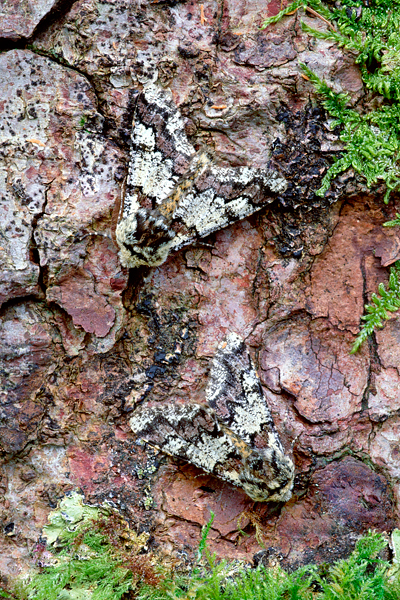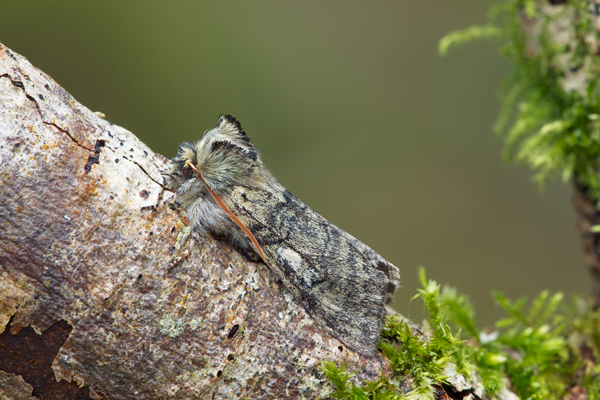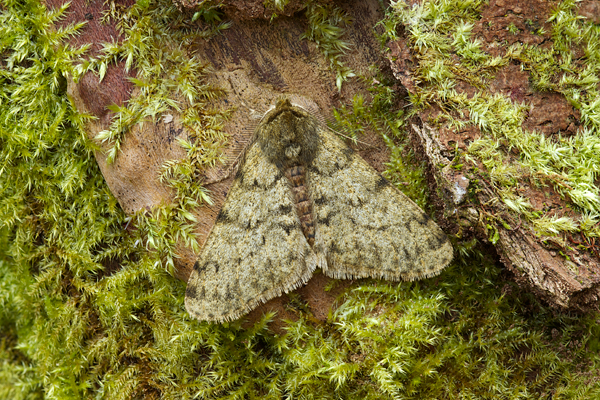Spring moths
Now that winter is almost behind us, and spring is on its way some of the early species are beginning to make an appearance.
Oak Beauty Biston Strataria.
This is a fairly large conspicuous moth with broad brown banding across the forewings. The males have feathered antennae and can be seen occasionally at rest during the daytime on the trunks of trees. The moths are generally found in old mature oak woodland but do occur in some mixed woods, as well. The caterpillars feed on a variety of broadleaved trees, in particular oak, hazel and aspen. I have found it on a number of occasions over the years but still can’t resist photographing it whenever I get the opportunity.
Yellow Horned Achlya flavicornis
This is a distinctive moth easily identified by the orange antennae and greenish-grey forewings. It also has two raised tufts on the thorax, which are black at the tips. It emerges in late February and is numerous in bogs and heathland where there’s an abundance of birch. The moth rests on twigs and branches and is sometimes found on old fence posts during the day.
Pale Brindled Beauty Phigalia pilosaria
Another early spring species, which has a mottled green appearance with darker brindle markings that vary in intensity between individuals. Adults rest during the day on the branches and trunks of trees and blend beautifully into the background. The females are wingless and are often seen very early in the morning at rest on the bast of the tree trunk. This is a woodland species that is commonly encountered throughout the country. The caterpillars are normally seen in late spring and feed on a wide variety of broadleaved trees and shrubs.





